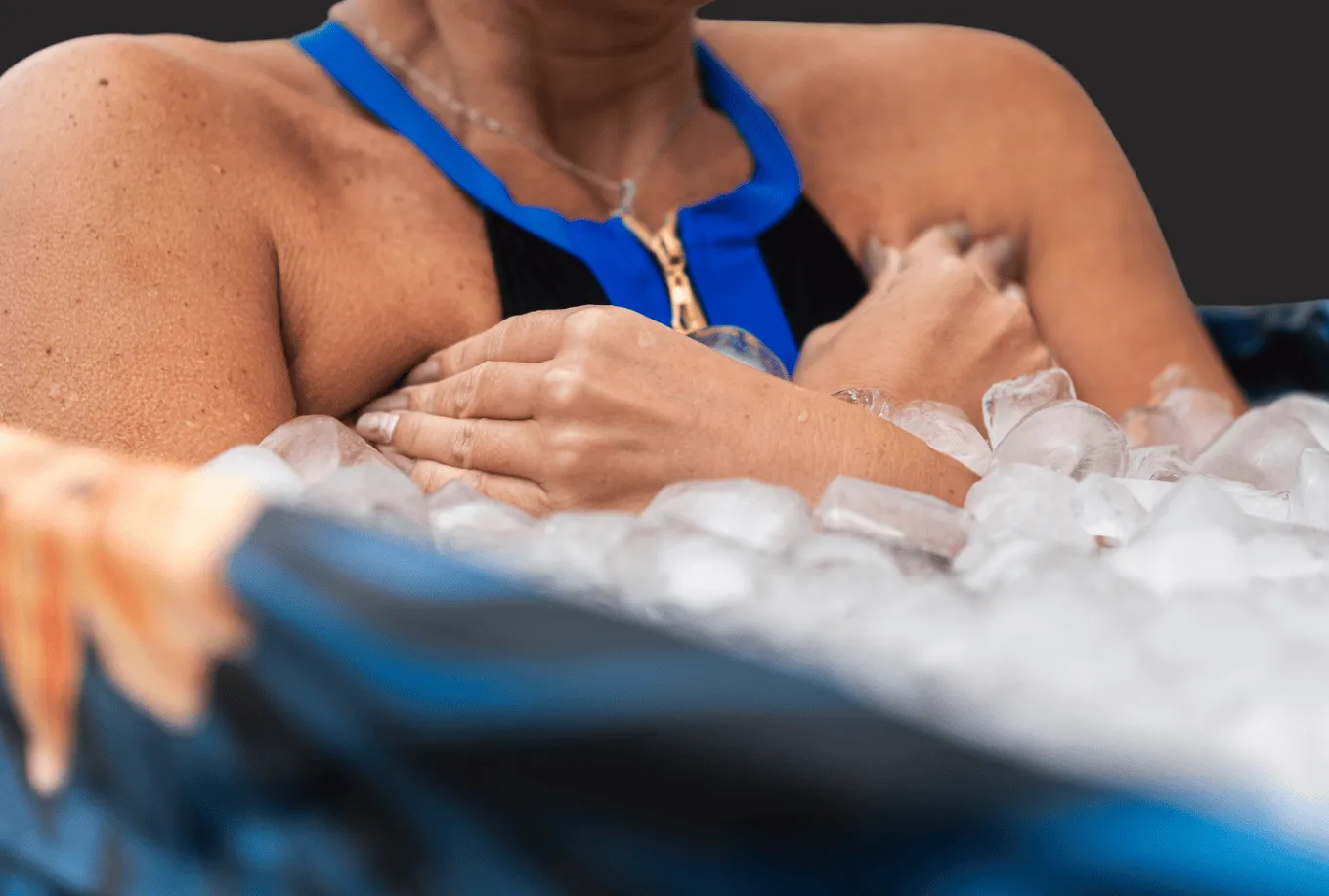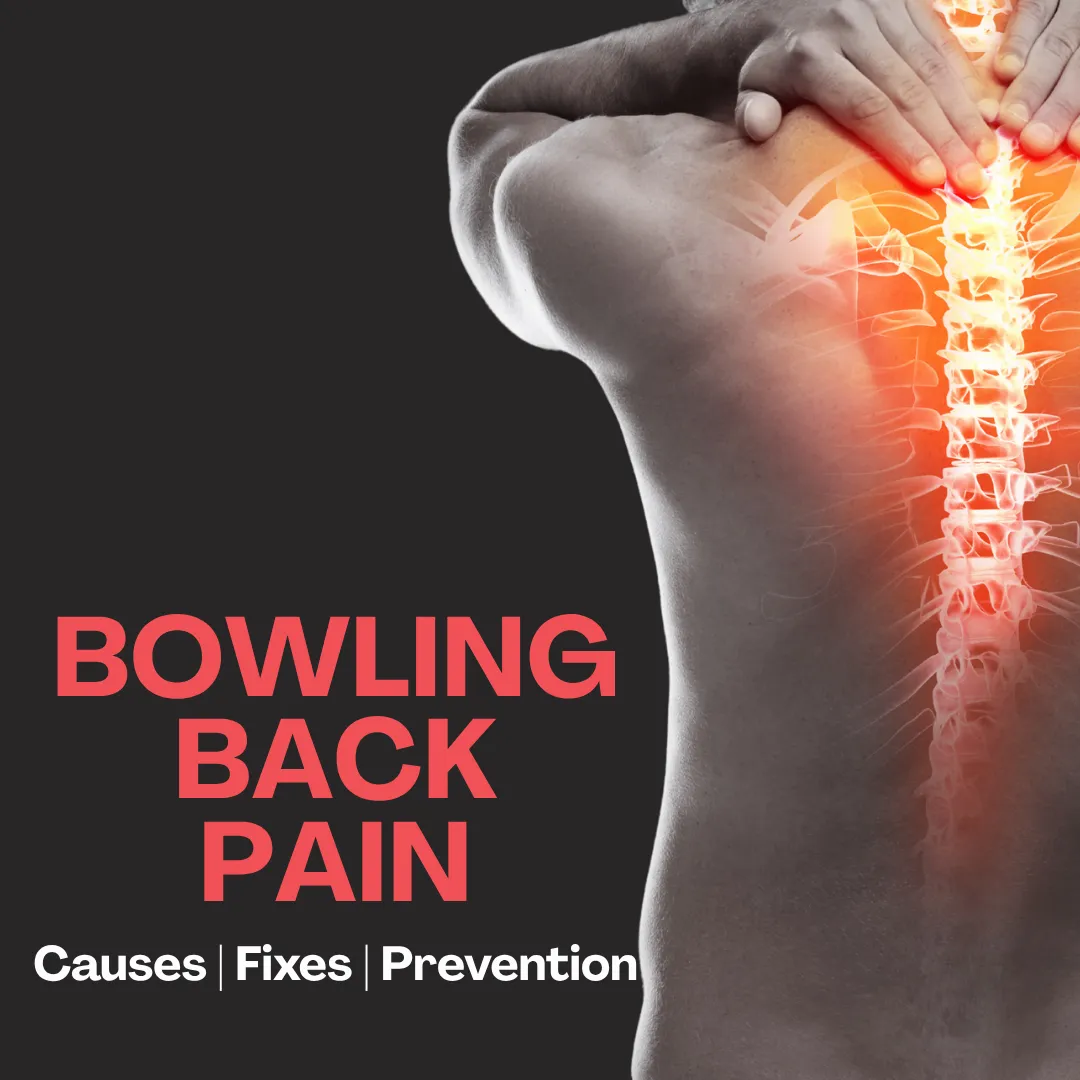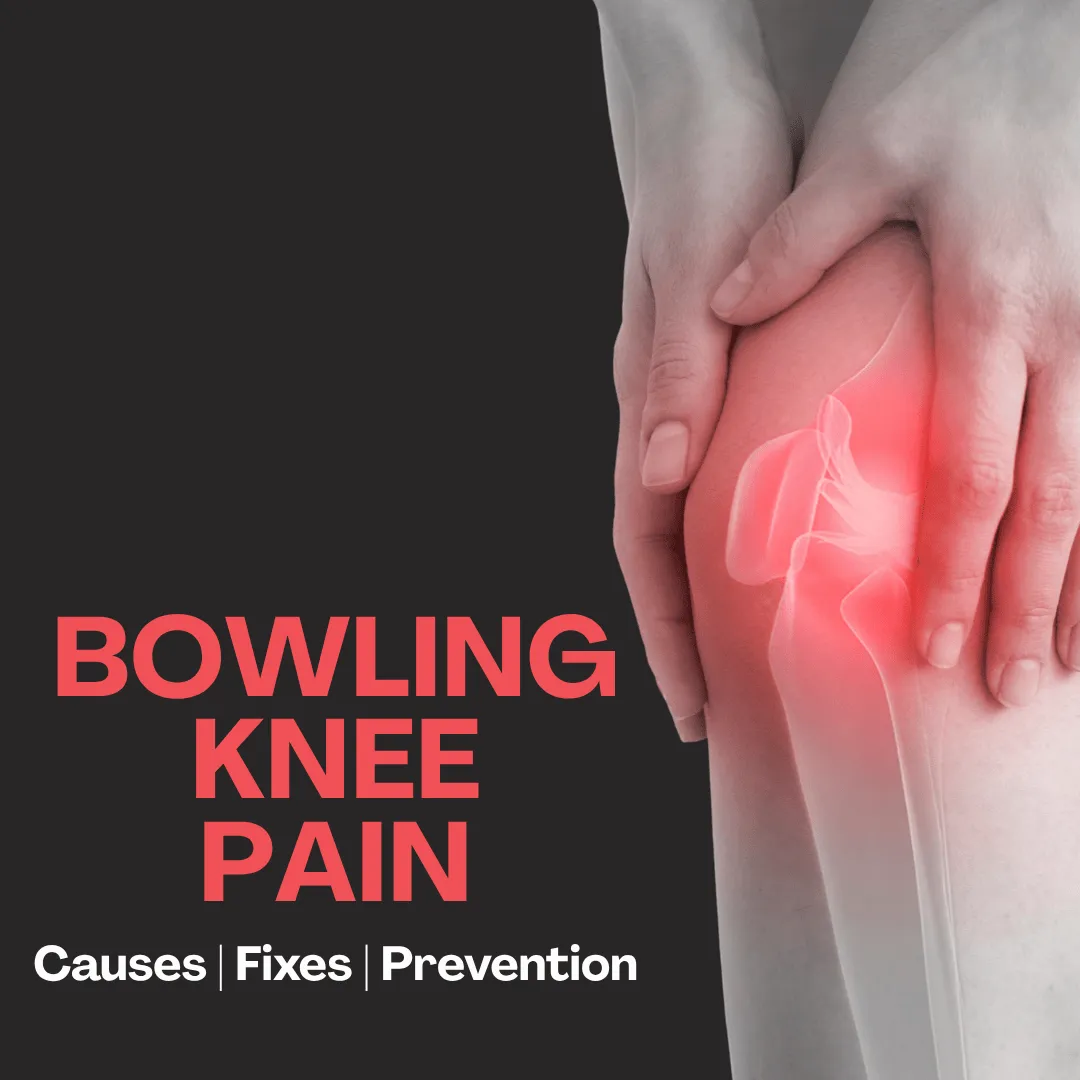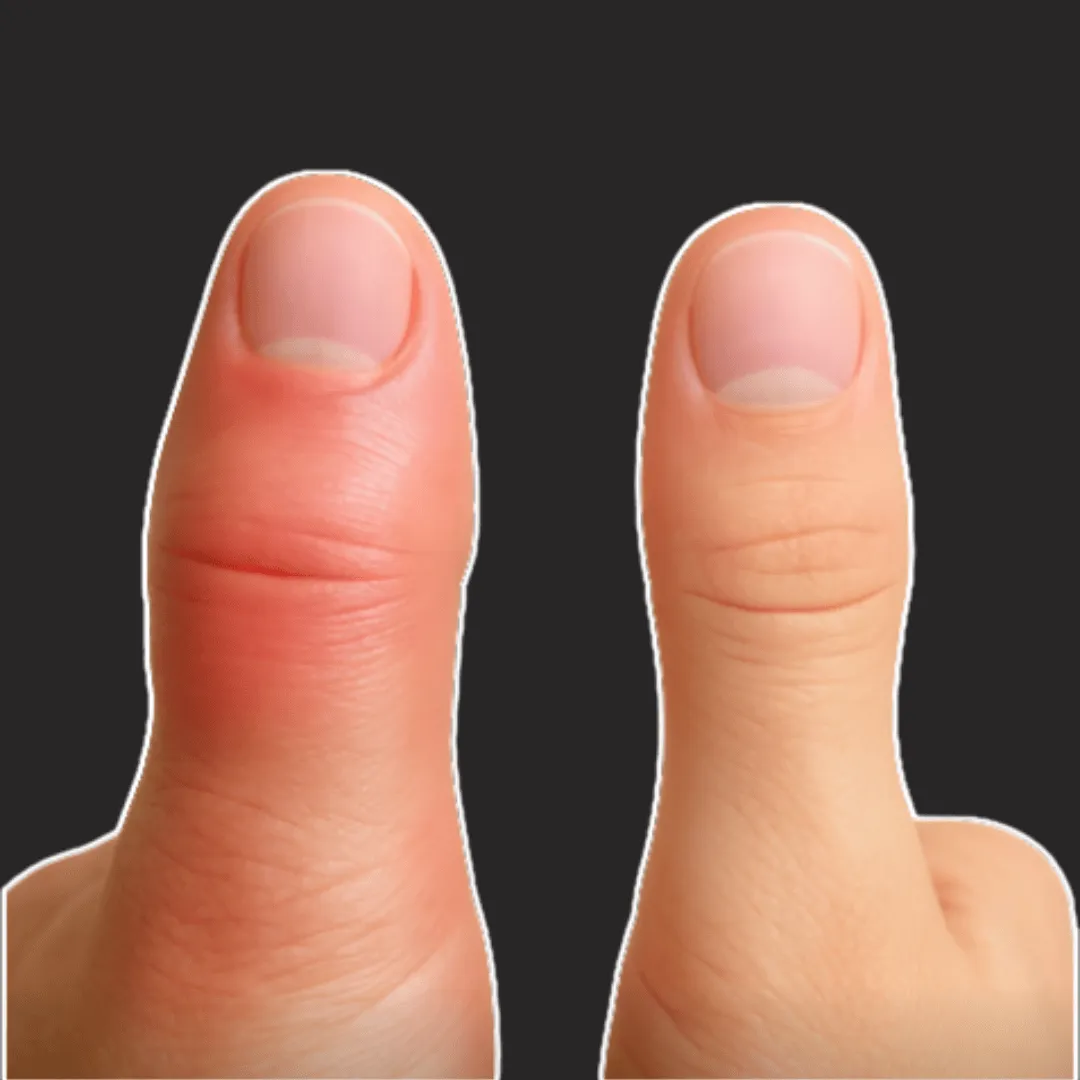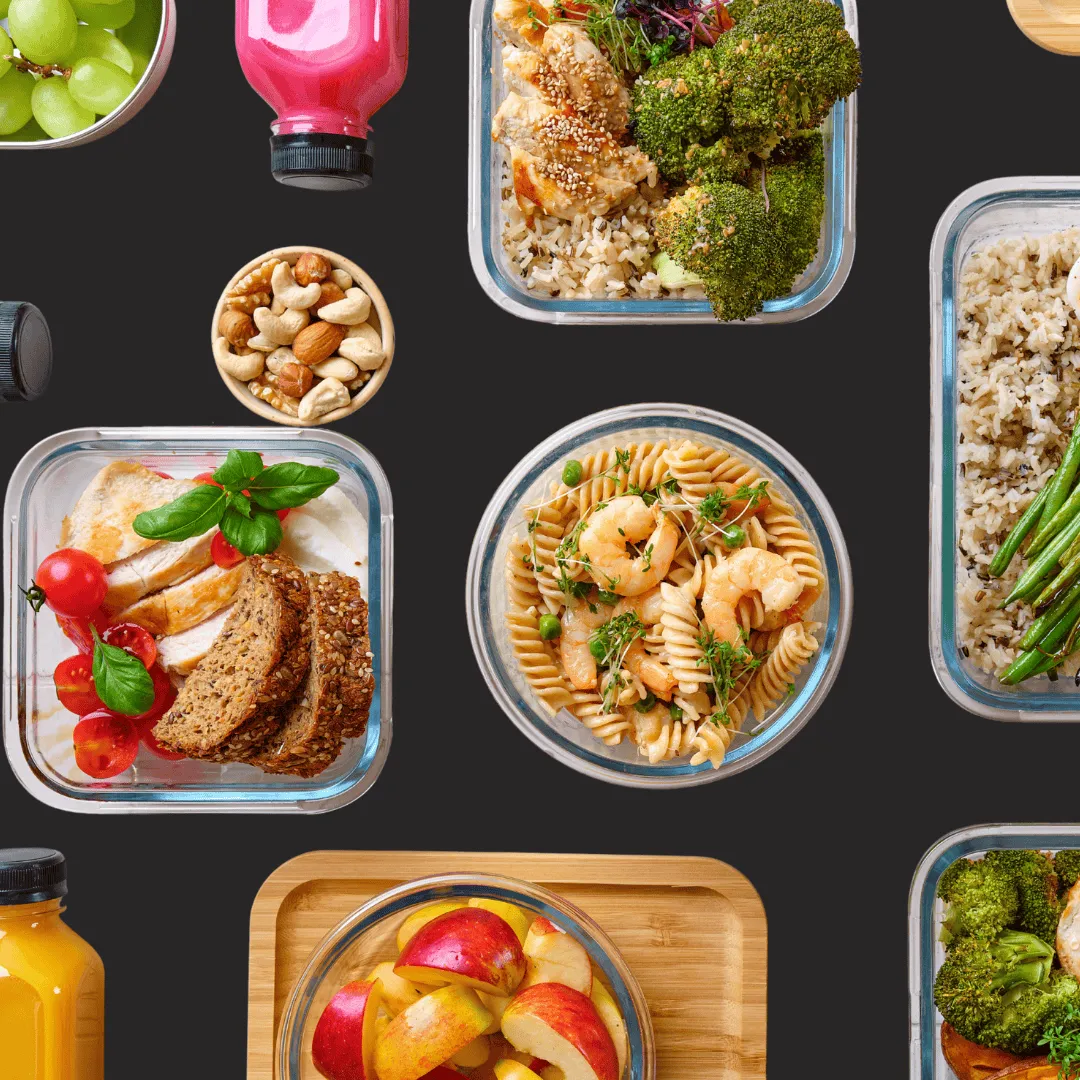Cold plunges. Ice baths. Cryo chambers. Once reserved for elite athletes and biohackers, cold water therapy is now a mainstream trend — with millions of people swearing by its physical and mental benefits.
But does it really work?
For bowlers, recovery and joint health are non-negotiable. Repetitive motion, long tournament days, and lingering soreness are part of the game. If you’re looking for a new way to bounce back faster or manage chronic aches, cold water therapy might deserve a spot in your off-lane routine.
In this article, we break down the science-backed benefits of cold water therapy — from inflammation and muscle soreness to mental clarity and mood — and explain who should (and shouldn’t) give it a try.

What Is Cold Water Therapy?
Cold water therapy refers to the intentional exposure of the body to cold water — typically below 15°C (59°F) — to trigger a range of physiological responses. It comes in many forms: cold showers, ice baths, plunges, and even modern cryotherapy chambers.
The practice isn’t new. Ancient Greeks, Romans, and traditional Nordic cultures used cold water immersion for healing and invigoration. More recently, cold therapy has gained attention through figures like Wim Hof, who popularized the use of cold exposure to improve resilience and well-being.
Modern research is catching up — and the results are more than just hype.
Cold Water Therapy for Muscle Recovery and Inflammation
Recovery is one of the most widely cited reasons athletes use cold water immersion — and there’s solid data to back it up.
A 2015 meta-analysis published in the British Journal of Sports Medicine found that cold water immersion significantly reduces muscle soreness up to 96 hours after exercise, especially after high-intensity or repetitive movement [1].
For bowlers, this matters. Long tournament weekends, repetitive throwing motion, and awkward body angles can leave your arms, knees, or back sore for days.
Cold water therapy may help reduce post-match soreness and inflammation, allowing for quicker recovery between sessions.
Cold therapy is especially useful when:
- You’re bowling multiple days in a row
- You’re training intensely or increasing volume
- You need to reduce inflammation in knees, wrists, or elbows
How does it compare to cryotherapy? While both methods work via cold exposure, water immersion offers more even, sustained cooling and is easier to access — especially at home.

Can Cold Water Therapy Help With Pain?
Beyond sore muscles, cold water therapy has also shown promise for pain management, including chronic joint and nerve-related pain.
According to a 2021 review in Pain Reports, cold exposure can reduce nerve conduction velocity and dull pain signals, which may benefit people with conditions like arthritis, tendinitis, and fibromyalgia [2].
For bowlers struggling with recurring pain — bowler’s elbow, sore knees, or lower back tension — cold therapy could provide temporary relief without medication. That said, it’s best used as part of a broader recovery plan that includes stretching, rest, and physical therapy.
Cold therapy may help:
- Reduce swelling around overused joints
- Dull nerve pain after high-stress bowling sessions
- Support active recovery between events
Cold Water Therapy and Mental Health: What the Research Says
One of the most interesting effects of cold water therapy is its impact on the brain — particularly related to mood, stress, and mental clarity.
Recent studies have shown that cold exposure increases levels of dopamine and norepinephrine — two neurotransmitters involved in motivation, mood regulation, and focus [3]. Cold water also stimulates the vagus nerve and activates the parasympathetic nervous system, helping reduce anxiety and stress.
In a 2023 study published in Biology, participants who took brief cold showers reported improvements in mood and reduced anxiety symptoms after just two weeks of practice [4].
This is especially valuable for bowlers:
- Tournament stress? Cold plunges can help regulate pre-match nerves.
- Mid-week mental fatigue? A cold shower may sharpen your focus.
- Seasonal slump? Cold exposure is being studied as a natural antidepressant.

Who Should Avoid Cold Water Therapy?
Cold water therapy isn’t for everyone — and in some cases, it can be risky.
People with the following conditions should consult a doctor before trying cold immersion:
- Cardiovascular disease – Cold shock can elevate heart rate and blood pressure
- Raynaud’s disease – Cold triggers reduced blood flow to fingers and toes
- Asthma – Sudden cold can provoke bronchospasms
- Low body weight or eating disorders – Cold reduces core temperature quickly
- History of fainting or seizures – Especially when unsupervised
Even if you're healthy, always start gradually, keep sessions short (1–5 minutes), and never use cold immersion when alone.
Final Thoughts
Cold water therapy isn’t magic — but it’s not hype either. The science supports its use for muscle recovery, inflammation control, mental clarity, and even chronic pain management. For bowlers looking to stay sharp, focused, and injury-free, it’s a powerful tool that fits easily into an existing routine.
Start simple: a cold shower after league night, an ice bath on tournament weekends, or a cold wrap for sore joints. It won’t replace solid technique, sleep, or smart training — but it might help you bowl harder, longer, and happier.
Sources:
- Bleakley, C. M., & Davison, G. W. (2010). What is the biochemical and physiological rationale for using cold-water immersion in sports recovery?. British Journal of Sports Medicine, 44(3), 179–187.
- Petrofsky, J. et al. (2021). The use of cold and heat therapy in pain management. Pain Reports, 6(1), e891.
- Tipton, M. J. (2017). The physiology of immersion: cold water stress and thermoregulation. Experimental Physiology, 102(11), 1335–1351.
- Nikolova, N. et al. (2023). Cold shower exposure and anxiety symptoms: a controlled clinical study. Biology, 12(3), 355.
FAQ
What’s the ideal temperature for cold water therapy? Between 10°C and 15°C (50–59°F) is considered optimal. Lower than 10°C increases risk, especially for beginners.
How long should a cold plunge last? Start with 1–3 minutes. Advanced users may go up to 10 minutes, but longer isn’t always better.
Is cold water therapy safe every day? Yes, for most healthy individuals — as long as sessions are brief and you listen to your body.
Is a cold shower as effective as an ice bath? Not quite — but it still offers benefits for mood, alertness, and circulation, especially when done consistently.
